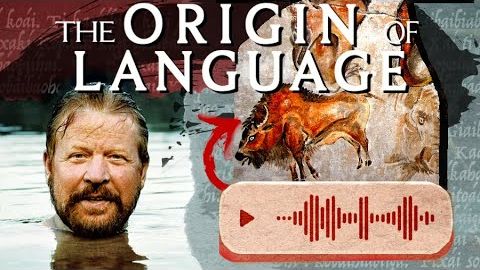第一個語言是如何開始的?皮拉哈之謎 (How did the First Language Begin? The Mystery of the Pirahã)
Courtney Shih 發佈於 2021 年 01 月 14 日  沒有此條件下的單字
沒有此條件下的單字US /ˈkɑɡnɪtɪv/
・
UK /ˈkɒgnətɪv/
- adj.認知的;認知能力的;認知發展的;認知療法的
US /ˌɪndəˈvɪdʒuəl/
・
UK /ˌɪndɪˈvɪdʒuəl/
- n. (c.)個人;單個項目;個體;個人賽
- adj.個人的;獨特的;個別的;獨特的
US /ˈkɑnˌtɛkst/
・
UK /ˈkɒntekst/
- n. (c./u.)上下文 ; 背景 ; 來龍去脈;背景;環境;語境
- n. (c./u.)範本;典範;圖案;花樣;模式;方式;規律;紙樣
- v.t.仿造;用圖案裝飾

